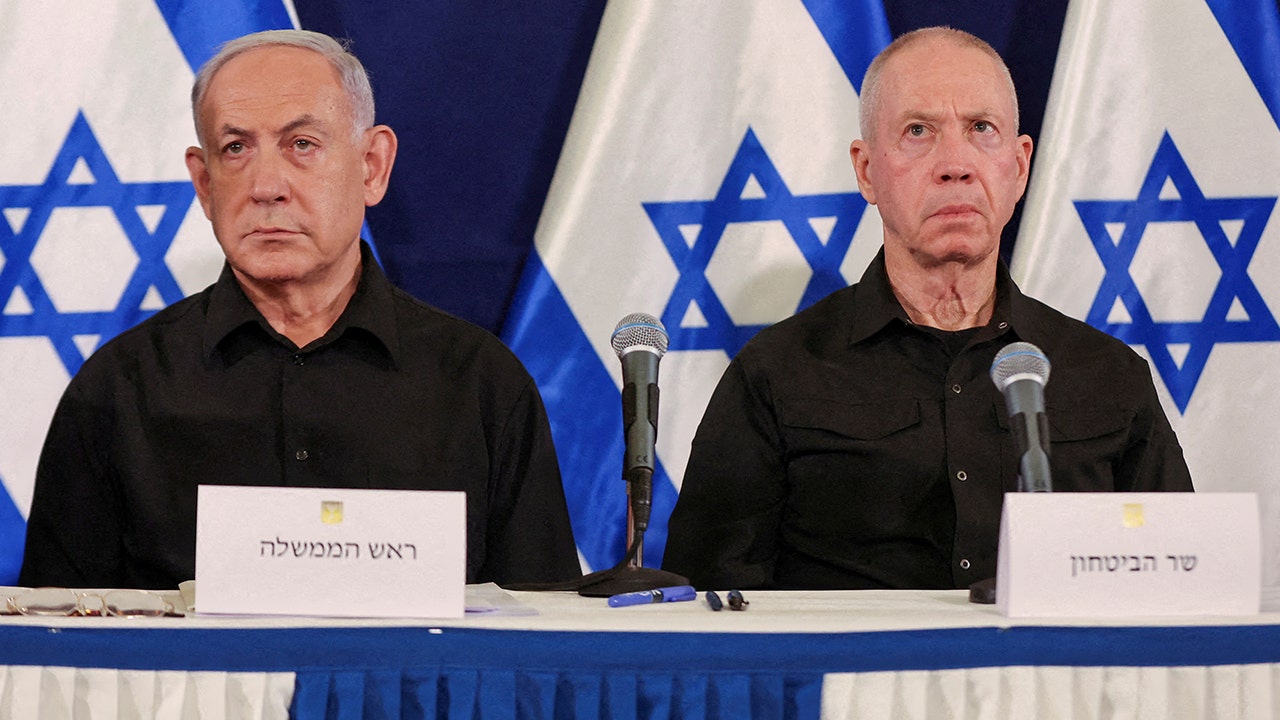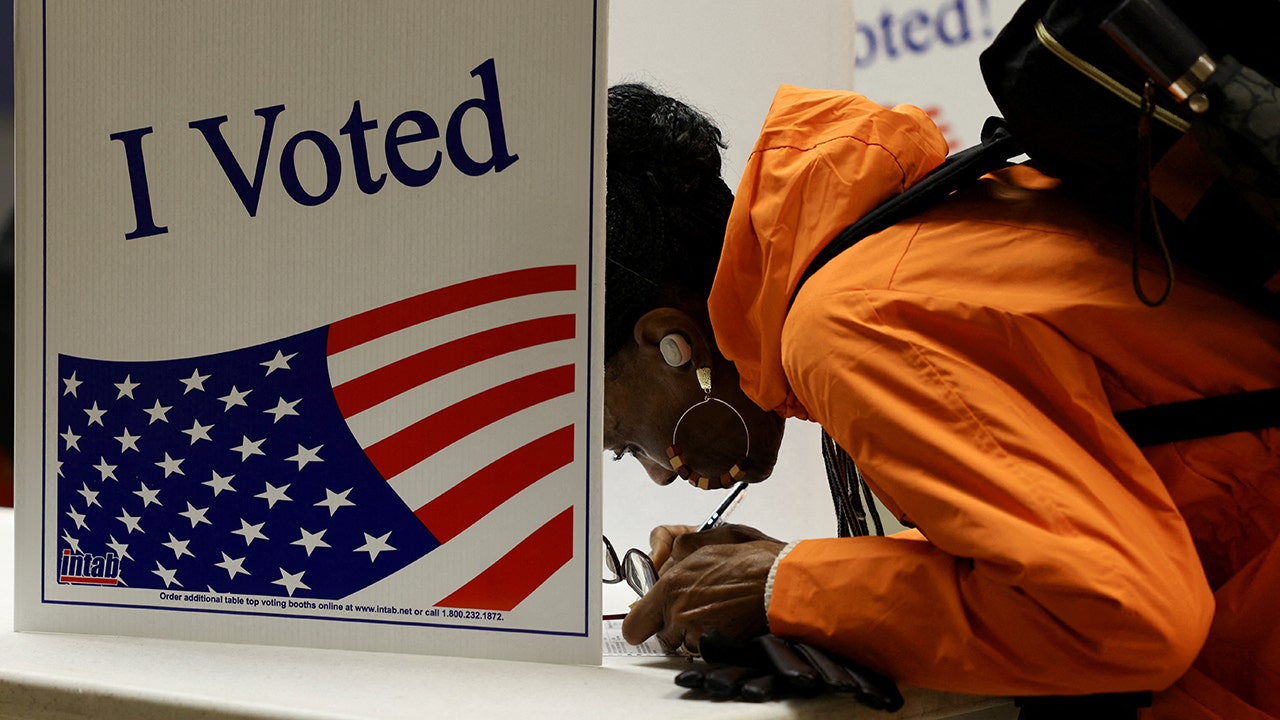Israeli forces have been quietly conducting cross-border raids in southern Lebanon, entering Hezbollah’s sophisticated underground tunnel network to prepare for a likely ground assault on the terror group’s remaining strongholds.
The raids, first reported in the Wall Street Journal, are part of a broader effort to kneecap Hezbollah ahead of a ground assault teased by Israeli defense minister Yoav Gallant on Monday. President Joe Biden responded with dismay, saying he would be “comfortable with [Israel] stopping.”
“The elimination of [Hezbollah leader Hassan] Nasrallah is a very important step, but it is not the final one. We will employ all the capabilities at our disposal,” Gallant told “infantry and tank brigades” positioned near the Lebanese border. “We will use all the means that may be required—your forces, other forces, from the air, from the sea and on land.”
Israeli special forces are said to be using the “targeted” raids to collect intelligence as they prepare for the full-blown assault, which would aim to destroy the Radwan Forces, Hezbollah’s own special forces unit, along Israel’s northern border.
Hezbollah’s tunnel system is key to moving militants and arms closer to Israeli territory. By dismantling these networks, Israel is setting the stage for its troops to clear out any remaining Hezbollah outposts that pose a threat to the Jewish state’s northern communities. Upward of 50,000 Israelis have been forced from their homes since Hezbollah began lobbing missiles and drones at towns along the northern border in the wake of Oct. 7.
“If you’re going to tell people it’s safe to come home, it better be safe to come home,” said Richard Goldberg, a former White House National Security Council member and regional analyst. “Getting rid of tunnel infrastructure, clearing out missile stockpiles and ensuring no one ever sees a Hezbollah flag from their window ever again is the only way to give people the confidence to return.”
Jonathan Schanzer, a Middle East expert with the Foundation for Defense of Democracies think tank, said Israel’s recent operations suggest it is “looking to take the high ground in whatever limited military engagements might bring.”
“For now, the idea of going in and assessing the landscape makes a lot of sense,” Schanzer told the Washington Free Beacon. “If you’re going to do the ground invasion, you better know what’s waiting for you on the other side.”
Nasim Qassem, Hezbollah’s second-in-command and the terror group’s de facto leader since the dramatic Friday killing of Nasrallah, said in televised remarks on Monday that he is awaiting an Israeli ground invasion.
“We are ready for ground engagement with the enemy if they decide to enter,” Qassem said.
Qassem has also said in recent days that “there would be surprises for Israel in the coming battles,” according to Schanzer, who said this warning may have been “a nod to tunnel warfare or other tactics that would come into play if a ground war comes under way.”
Iran, Hezbollah’s lead patron, has already vowed to support the Lebanese terror group in all future campaigns against Israel. It remains unclear, however, just how far Tehran is willing to go, with the hardline government sending mixed messages in the days since Nasrallah was killed.
“Wait for it,” Iranian general Abdolrahim Mousavi said on Monday, discussing Iran’s response to the Nasrallah assassination.
In separate remarks over the weekend, the head of Tehran’s government information council said his country is ready to “use all our potential and capablities [sic] to help Hezbollah and the people of Lebanon.”
“Hezbollah has not used its weapons and it must start now,” said Elias Hazrati, a senior Iranian government official. “We will show the defeat of Israel to the people of the world.”
Iran’s foreign ministry said over the weekend that the Islamic Republic will not be sending troops to Lebanon or other countries in the region.
“The countries of the region are capable of defending themselves against Israeli attacks and there is no need to send Iranian forces,” the foreign ministry said in a statement.
Read the full article here










